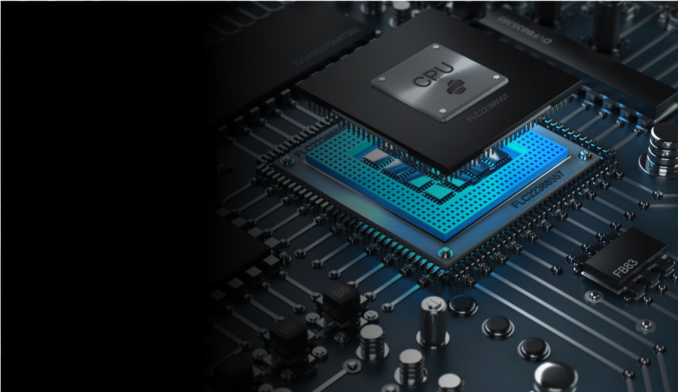An Israeli organization and a French exploration foundation have made an imaginative forward leap in resistive RAM innovation, adding the capacity to store energy. His proposition would further develop power the board for in-memory figuring activities, utilizing ReRAM memory close by the principal memory blocks.
In-memory processing offers superb possibilities for applications connected with man-made reasoning organizations and conveyed learning, among others. It depends on moving specific computation activities to the actual memory, diminishing the processor’s responsibility, and giving handling capacities to the different organization gadgets.
Various ways are being investigated in the advancement of in-memory processing, and one of them is the utilization of recollections like resistive RAM (ReRAM), which offers energizing prospects. one of the Israeli organization, as a team with French examination establishment , has additionally extended its capacities, adding the capacity to store energy to control in-memory handling.
Their development consolidates functionalities, for example, working or stockpiling memory and energy stockpiling, which they have called “energy in memory”. The thought is that the memory acts in-memory figuring activities and stores energy to control these assignments, decreasing the general utilization of the framework. Also, in their declaration, they make sense of that ReRAM-based batteries are profoundly versatile and progressively assignable. Additionally, they could be put close to memory blocks, close to the processor.
According to specialists, finding the power supply nearer to the processor would work on execution in activities require greatest power, which for the most part comes from an outer source. Also, he makes sense of that ReRAM can possibly go about as an energy archive on the grounds that these gadgets utilize “faradaic processes” to store data inside a functioning volume. That’s what planet says “it is a novel component of ReRAM on the grounds that ReRAM depends on electrochemical cycles, outperforming the capacities of ordinary electrostatic capacitors, to the point that he thinks about this memory as a supercapacitor.
One of the methodologies for this innovation would be in organizations of IoT gadgets, where a memory hub could incorporate ReRAM for in-memory registering estimations and would go about as a power store when inactive. Planet guarantees that it is feasible to “progressively designate memory to be in power capacity mode or memory stockpiling mode, contingent upon what you want to do.” This idea has been shown in lab tests, yet specialists actually have a ton of work to accomplish an economically suitable gadget.
